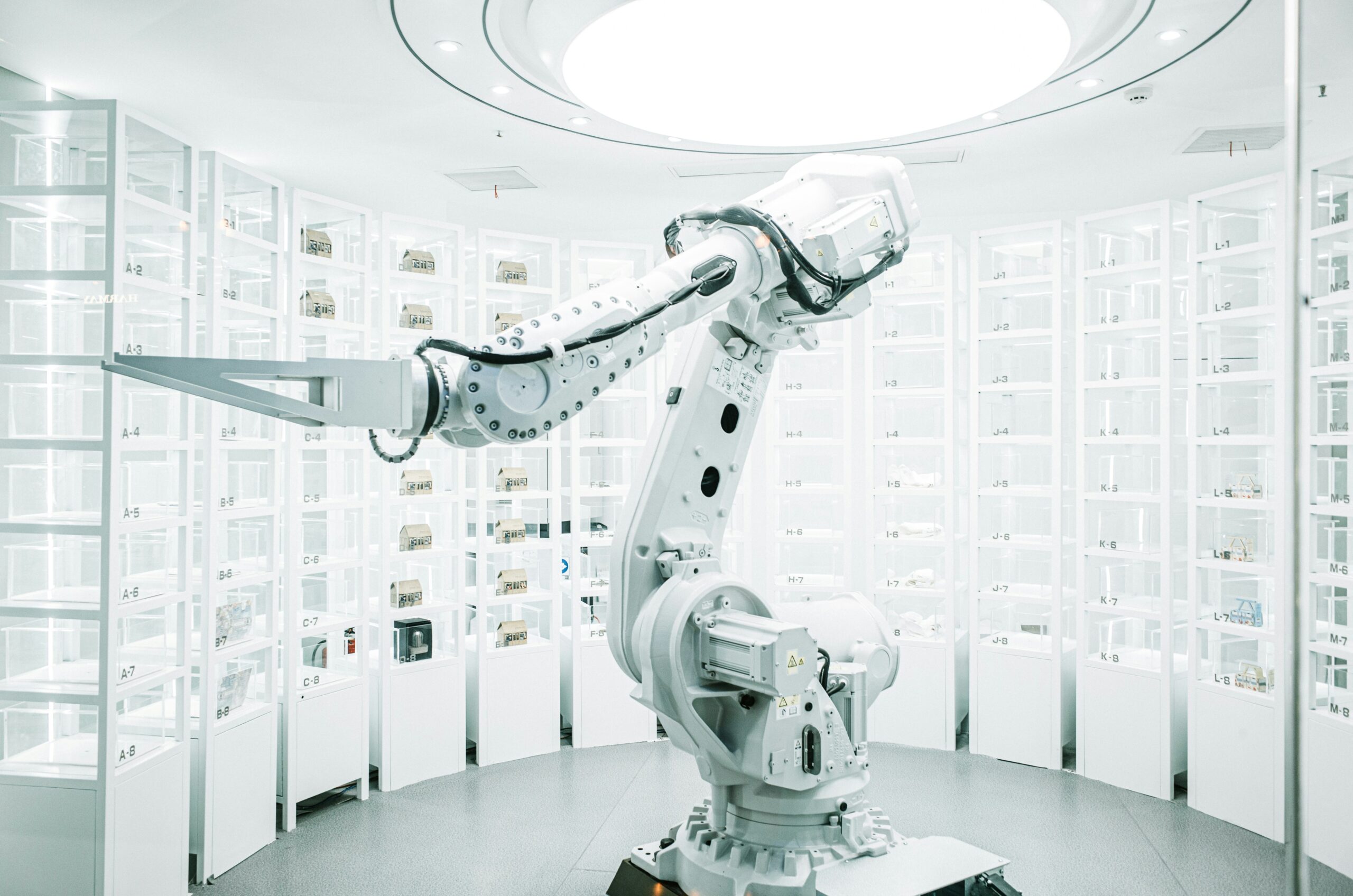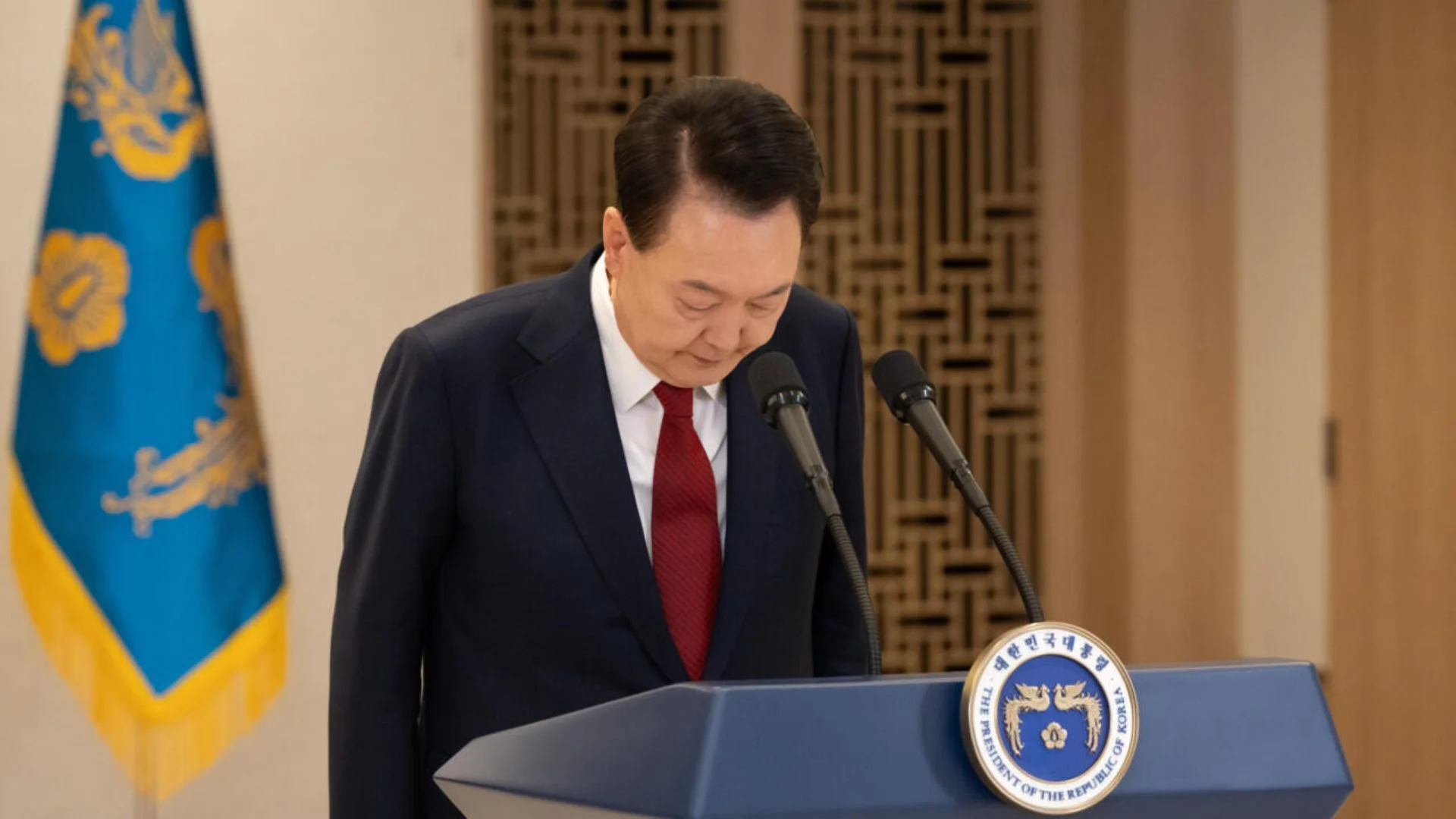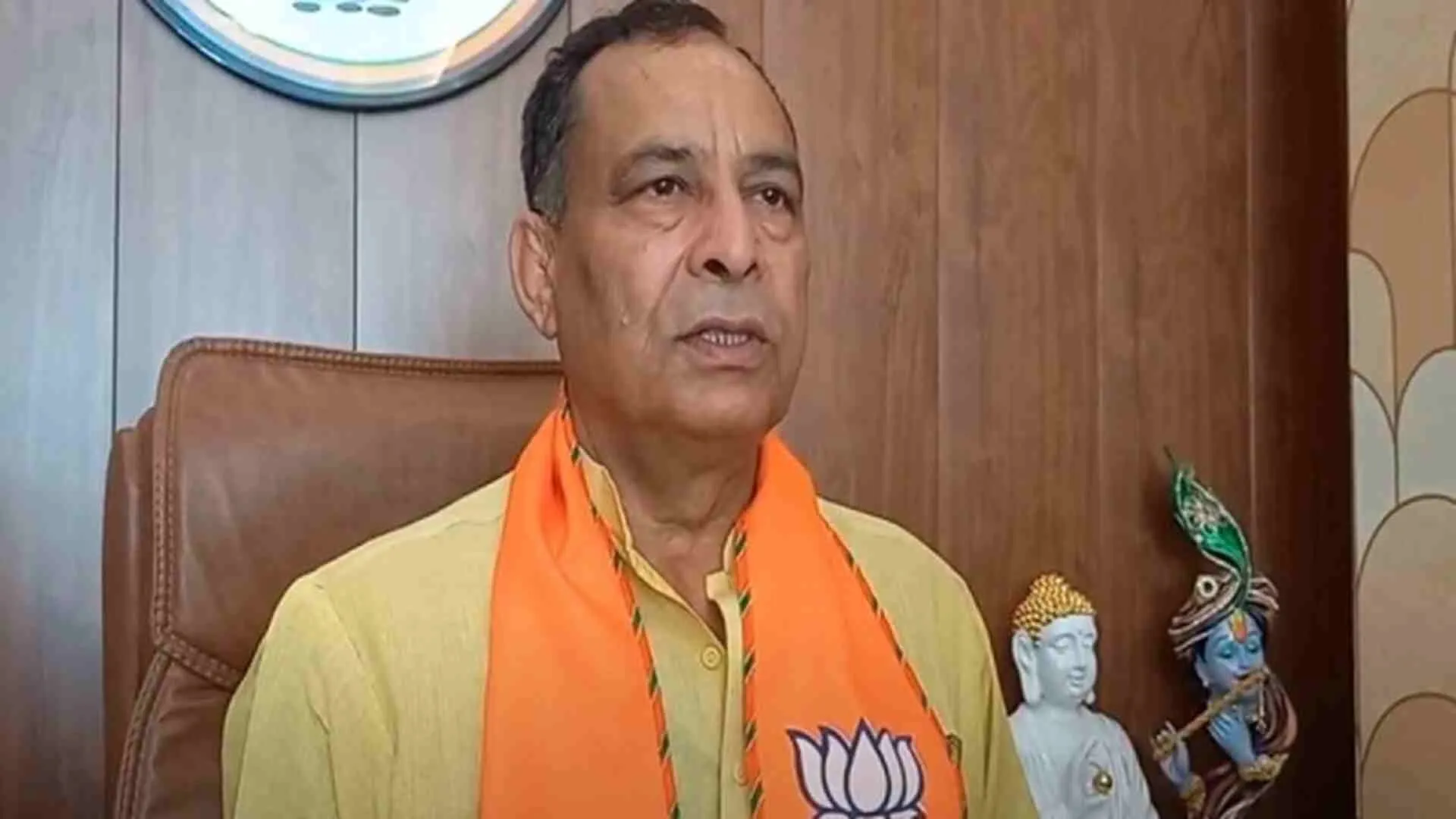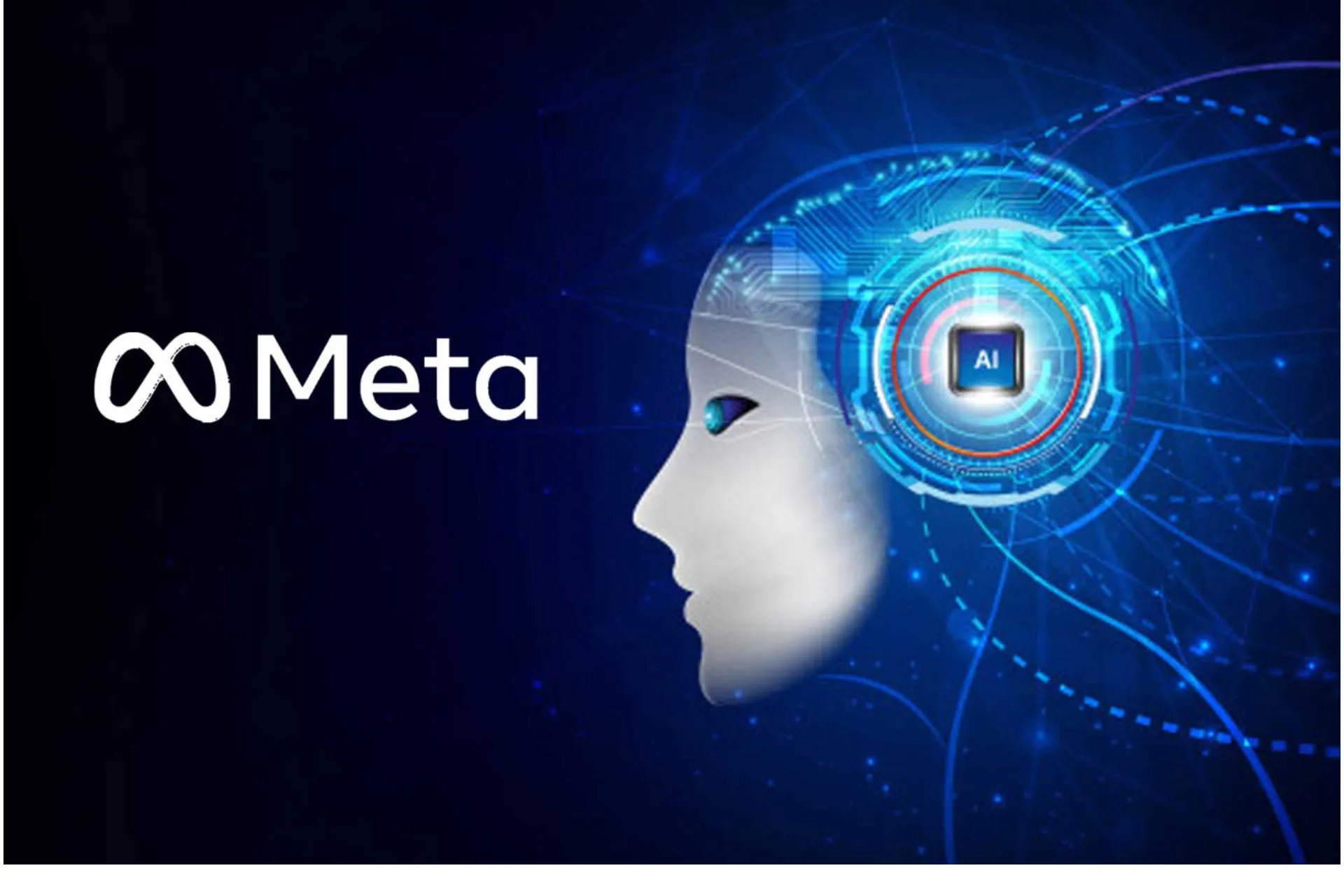Artificial Intelligence, or AI, has become ubiquitous with the emergence of various AI-powered applications like ChatGPT. ChatGPT has quickly become one of the most popular apps, catering to the needs of professionals, entertainment seekers, and students. However, the animation industry has also been significantly impacted by AI.
Artificial intelligence is remaking the animation industry by aiding in the creative and technical aspects of the process. AI is used for procedural generation, character animation, and facial expressions, leading to the automatic generation of content and creating more naturalistic movements and emotions.
The marriage of traditional cel animation services with modern AI technologies has opened up a world of creative possibilities in animation. It is interesting to explore how AI transforms the animation industry and the future of these animations.
Cel animation studios and anime creators can refine their workflows, streamline production processes, and achieve stunning visual effects by maneuvering the power of artificial intelligence.
This article will explore the leading practices for fusing AI with cel animation that can make you a big wig in anime creation, ensuring a harmonious integration of these two distinct art forms.
1. Learn AI-Assisted Tools and Software
To optimize the animation process, cel animation studios should consider integrating AI-assisted tools and software into their workflows. These tools can help automate repetitive tasks such as in-betweening, colorization, and background creation, allowing animators to focus more on the creative aspects. AI can help animators save time and effort, increase productivity, and improve overall quality.
2. Maintain the Essence of Cel Animation
While AI can streamline production, preserving cel animation’s unique charm and aesthetic is essential. Cel animations are known for their hand-drawn, frame-by-frame approach, which captures the essence of traditional animation. Animators can strategically use AI to improve the animation process without compromising its organic feel. For instance, AI can assist with color grading or add subtle visual effects, seamlessly complementing the hand-drawn elements.
3. Collaborate with AI Experts
Collaboration between animators and AI experts is crucial to effectively fuse AI with anime creation. AI specialists can help identify areas where AI can be integrated optimally, suggest relevant tools and techniques, and guide implementation. They can assert that integrating AI technologies aligns with the creative vision while enhancing the production process by working together.
4. Keep Balance with AI
While AI can undoubtedly beef up the animation process, the human touch and creative vision are the heart and soul of animation. AI should be viewed as a tool that empowers artists rather than replacing their skills. 2D animation studios can make balanced use of AI technologies to their advantage while preserving the unique artistry that defines these animations.
5. Utilize AI for Character Design
AI can assist in character design by analyzing existing artwork and generating variations. Animators can make use of AI algorithms to create new and unique character concepts. This can save time and provide fresh ideas for character development, ultimately enhancing the visual diversity and creativity of the anime creation.
6. Optimize Rendering with AI
Rendering is a computationally intensive process in animation production. AI-powered rendering algorithms can significantly enhance the speed and efficiency of rendering tasks. Anime creators can use AI techniques such as neural networks and machine learning to reduce the time required to generate high-quality frames. This allows for faster production cycles and enables studios to deliver projects more efficiently.
7. Automate Lip Syncing
Lip syncing, matching animated characters’ mouth movements to dialogue audio, can be time-consuming and meticulous. AI can automate this process by analyzing the dialogue audio and generating synchronized mouth movements. This saves animators valuable time and ensures accurate lip-syncing, resulting in more realistic character performances.
8. Harness AI for Background Creation
Background creation in this animation can be a labor-intensive task. AI-assisted tools can generate intricate and detailed backgrounds by analyzing existing artwork and creating variations. This technology reduces the time and effort required for hand-drawn backgrounds, allowing animators to focus more on character animation and storytelling.
9. Use AI for Crowd Simulation
Creating crowds of characters manually can be time-consuming and challenging. AI can simulate realistic crowd behavior by analyzing patterns of movement and interaction. This technology allows animators to populate scenes with crowds more efficiently while maintaining visual authenticity. AI-driven crowd simulation can add depth and realism to cel animations, particularly scenes with large gatherings or action sequences.
10. Apply AI for Post-Production Effects
Post-production is a critical phase in animation production, where visual effects, color grading, and compositing are applied. AI-powered post-production tools can enhance these effects by analyzing and processing visual data. This can include automated color correction, image upscaling, noise reduction, and intelligent compositing. 2d animation services providers can use AI to add a polished and professional touch to their animations.
To End Things Off
Fusing AI with animation offers tremendous potential for cel animation studios. They can unlock new creative horizons and deliver exceptional animations by adopting AI-assisted tools, preserving the essence of cel animation, collaborating with AI experts, encouraging experimentation, and maintaining a balance between technology and artistry. It can be very beneficial for your business to accept AI’s possibilities while staying true to the organic essence of 2D animations and witnessing the magic that unfolds on the screen.























